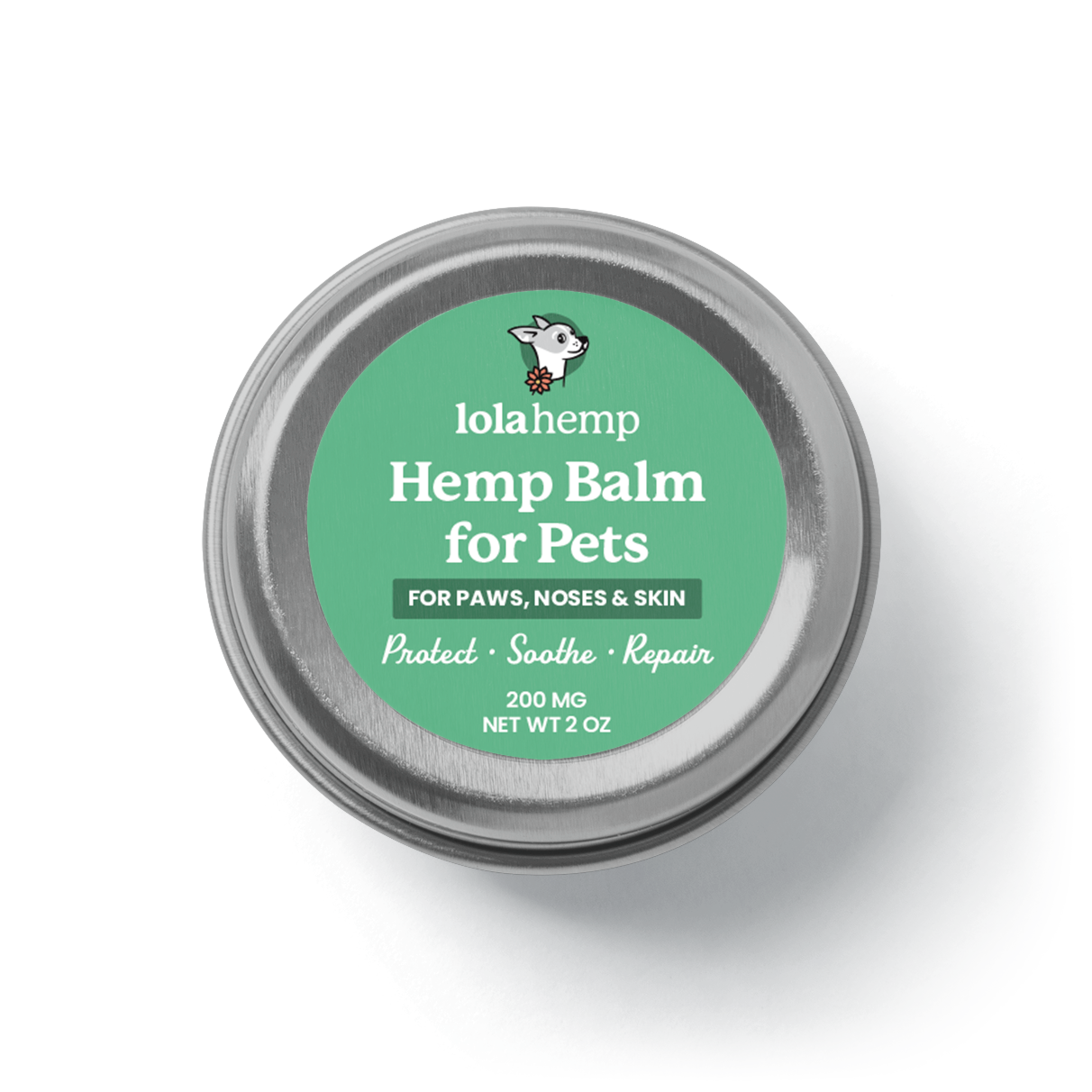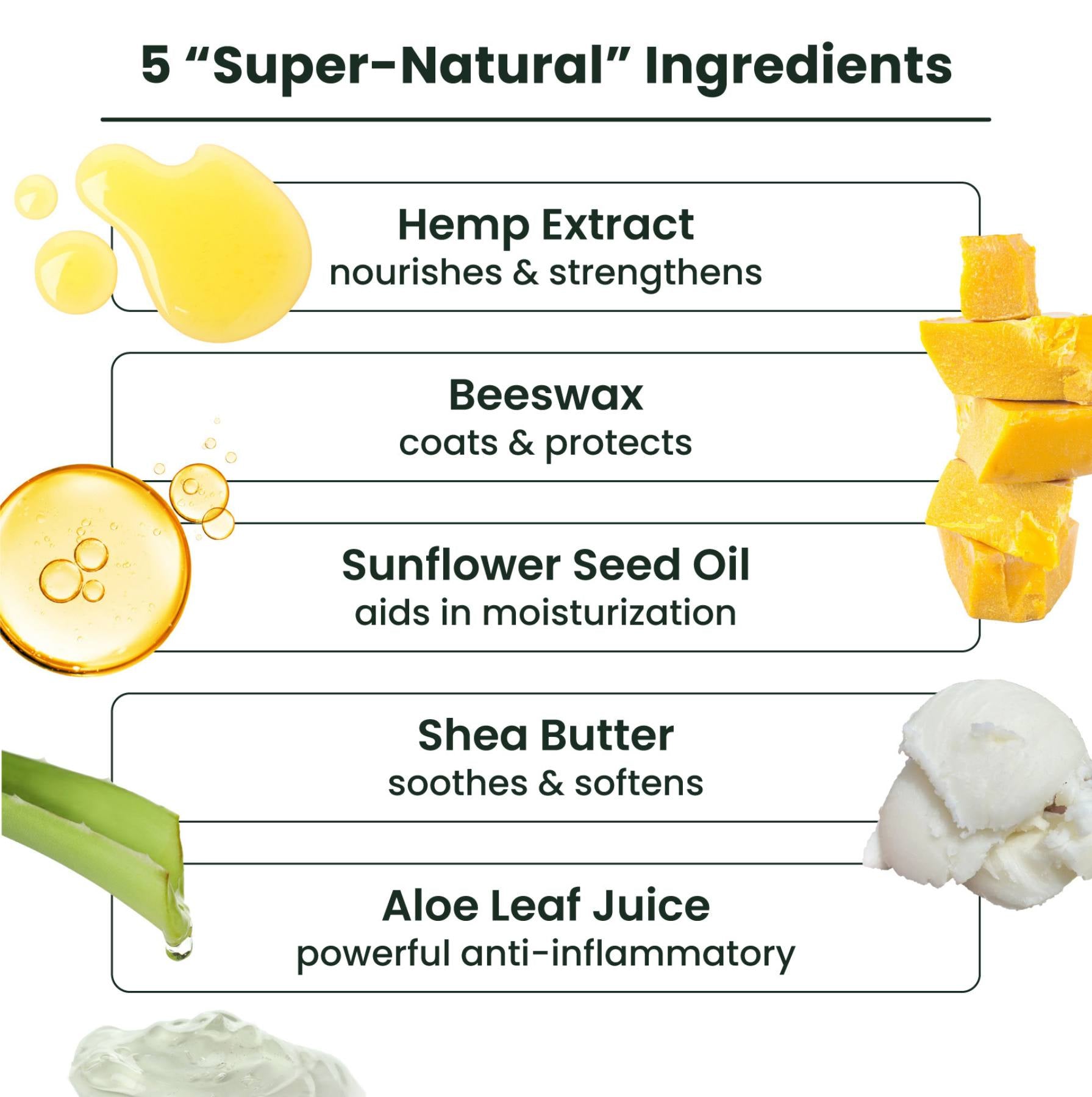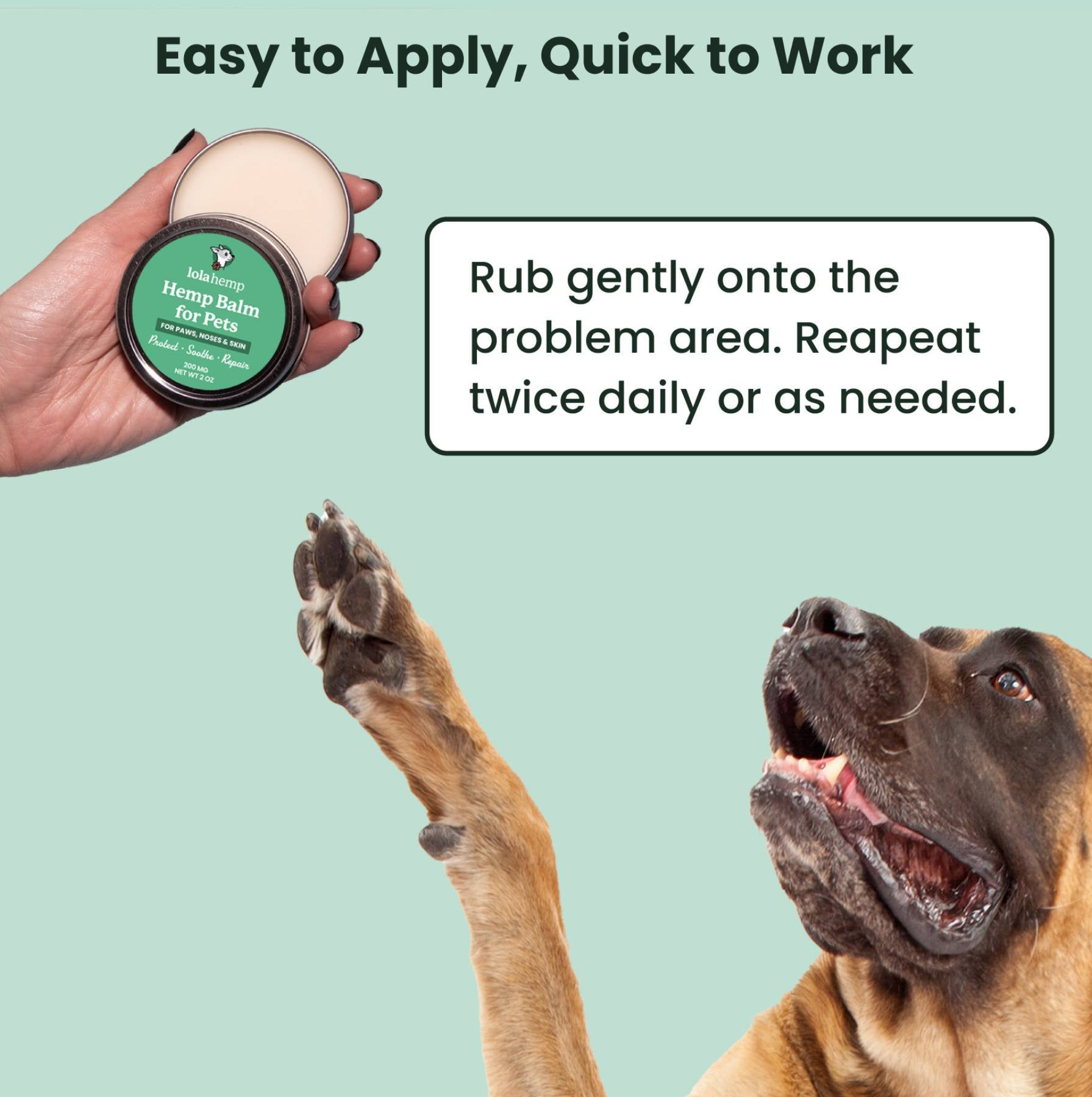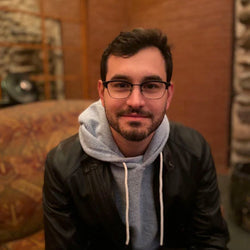Hyperkeratosis causes dogs to have flaky, crusty patches or growths on their paws and noses. These patches can be discolored, sensitive, and clearly uncomfortable for your dog.
Hyperkeratosis is essential to treat in dogs as it interferes with their ability to smell and walk, both things that can contribute to a declining quality of life when they're interfered with. Not to mention, these growths can be painful.
In dogs, hyperkeratosis causes an overproduction of keratin (the protein responsible for skin, hair, and nail production) primarily on their paws and noses. Let's look at how this condition develops, how it's treated, and how you can relieve your dog's symptoms.
Note that while we primarily discuss paws and noses in this article, hyperkeratosis can also develop on a dog's hocks, elbows, and ears.
How Do Dogs Develop Hyperkeratosis?
There are a variety of ways that hyperkeratosis develops in dogs, ranging from parasite infections, age, pressure to the skin, and more.
First, dogs can be genetically predisposed to hyperkeratosis.
Second, dry noses and paws are vulnerable to damage, which prompts the dog's body to produce extra keratin. This protective response can evolve into a more serious issue if not addressed.
1. Genetics Are the Most Common Cause
The most common cause of hyperkeratosis is genetics, primarily in brachycephalic dogs (pugs, boxers, bulldogs). Other breeds like retrievers, terriers, and spaniels are also prone due to genetic factors.
2. Dry Nose & Paws Can Trigger Hyperkeratosis
Dry air, heat, or harsh surfaces cause loss of skin moisture. In response, the body produces excess keratin to protect the skin, but this can lead to thick, cracked patches over time.
3. Autoimmune and Hormonal Issues
Conditions like Cushing's disease, canine lupus, and distemper can affect skin function and moisture balance, triggering excess keratin production.
4. Repeated Pressure or Friction
Hard surfaces like concrete, gravel, or asphalt can cause paw, elbow, or hock hyperkeratosis through repeated pressure and rubbing. This resembles callus formation in humans.
5. Parasites, Allergies, and Skin Irritation
Issues that inflame or irritate the skin—such as mange, fleas, or allergies—can cause the body to overproduce keratin while attempting to repair damaged tissue.
3 Home Remedies for Hyperkeratosis in Dogs
Hyperkeratosis is manageable and often reversible with proper care. These remedies can provide relief for mild to moderate cases.
1. Topical Paw, Nose, & Skin Balm
Dog-safe balms with shea butter, vitamin E, coconut oil, beeswax, and CBD can soothe and soften the skin while slowing keratin buildup. The addition of CBD may reduce redness and itching, helping the skin recover within 1–4 weeks.
2. Soften Resting Spots and Use Dog Booties
Use booties to protect paw pads from hard or abrasive surfaces, and ensure your dog has soft bedding to rest on. This reduces pressure that worsens keratin buildup.
3. Supplement with Omega-3s
Omega-3s help regulate keratin, improve moisture retention, and support skin barrier health. Try fish oil, flaxseed oil, or omega-3 supplement chews for daily support.
When to See a Veterinarian
- Cracked or bleeding areas
- Keratin growths that distort paw or nose shape
- Spreading keratinization
- Signs of infection or pain
- Underlying autoimmune or hormonal symptoms
Conclusion
Hyperkeratosis is a painful but manageable condition that primarily affects a dog’s nose and paws. Use moisturizing balms, supportive surfaces, and targeted supplements to help manage the condition, and work with your vet to identify and treat any underlying causes.
Frequently Asked Questions About Dog Hyperkeratosis and Home Remedies
1. What causes hyperkeratosis in dogs?
Common causes include genetics, chronic dryness, autoimmune disorders, friction from hard surfaces, and skin infections or allergies.
2. Is dog hyperkeratosis painful?
Yes. It can cause discomfort, cracking, and sensitivity, especially on the paws and nose where it interferes with walking and smelling.
3. How can I treat my dog’s hyperkeratosis at home?
Use dog-safe balms, soft bedding, protective booties, and omega-3 supplements to support healing and prevent worsening.
4. Can hyperkeratosis in dogs go away?
Mild cases can improve with consistent moisturizing and care, though genetically driven hyperkeratosis may require ongoing management.
5. When should I see a vet for hyperkeratosis?
See your vet if the area bleeds, cracks, spreads, or shows signs of infection or pain.










